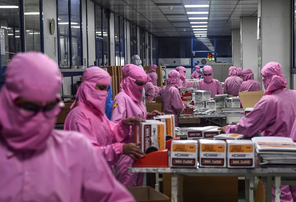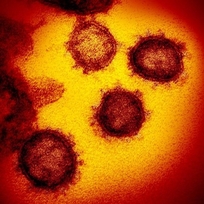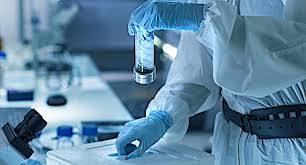
- A+
- A
- A-

The pandemic has sewn science and people together in a shared mission. Through this, the disease will deflate by the needles of global vaccination. Vaccines will be licensed and available next year in India. A delivery and vaccination pipeline has been put in place that addresses a complexity and scale perhaps seen nowhere else in the world. Stress-tests of this system are being done. This is extraordinary. But scientists must also introspect and address current and future challenges with grater vigour while learning from this year.
As vaccines roll out there are three pressing tasks of public importance and concern, which our scientists need to address simultaneously, with focus, intensity and equal importance.
The first is making testing available inexpensively, and on demand, at home. Testing now needs to move from an identification of positive individuals and their contacts to a public health effort. Individuals, housing societies, factories and airports should be able to test, get results in minutes or hours, upload or show the results and move on or isolate. People and communities should be able to know if where they have gone has affected them.

The second task is real-time documentation of the genetic variation of the virus in the population. There have been concerns about new variants in London and South Africa with possible increased transmission. While these strains do not seem to pose immediate health concerns, we cannot be complacent about them, or other variants of concern that may emerge. Our molecular biologists and the public health system are working to enhance surveillance of variants. These must also be combined with laboratory tests and matched to studies on clinical outcomes.
The third task is measuring the effectiveness of vaccines. Clinical trials, which are carefully structured, discover something called the efficacy, as distinct from the effectiveness, of a vaccine. This is a measure of how the vaccinated perform against disease, upon exposure to the virus, when compared to an unvaccinated group. We know that many current vaccine candidates have high efficacy. The effectiveness of a vaccine is a measure of how it performs, not in a structured clinical trial, but in the real world. This can be measured only during and after vaccine introduction across the diversity of India. Exposure to other diseases, variation in nutrition, the state of one’s health, can all have a bearing on effectiveness. This third task when combined with the other two, will allow us to be assured that we are taking every correct measure going forward.

In addition to these important tasks, we as scientists need to grasp our responsibilities firmly. People will always want their problems attended to today. Industry measures returns each quarter. Yet, science and technology, important for both society and the economy, usually measures success in time-scales of years, if not decades. These differences in speed and expectation have always made communication of ideas and delivery of solutions between science on the one hand and society and industry, on the other, complicated. During the pandemic we bridged this challenge and there are lessons for the future to be learnt.
Investment in science must, and will, grow. This is an insurance policy for future crises, both foretold and unforeseen. Here, India must lead and increase our commitment to science and, very importantly, its ease of functioning. Our best institutions have been accused of being a short walk from India while attracting the best national talent. The pandemic has taught scientists that addressing the most complex of societal problems can and must take place now. This changed attitude must stay and not swing back into a disconnect between science and society. Similarly, industry and government departments have worked with scientists as never before. This attitude should also stay.

The delay between investment in research and return to society can be bridged if we change our institutional functioning. These must allow ease of collaboration with industry and government, ease of internal functioning, and accountability on outcomes rather than accounting for inputs. This will require working together to ensure flexibility for science and scientists and our institutions while, simultaneously, these institutions enhance their connect with society and its goals.
The optimism of humans, and our desire to move on, makes us hide the scars and experience of disasters to the corners of our collective brain, leaving it to historians to retrieve and document, decades later, as we move back to business as usual. Scientists, industry and the government must not let us and our institutions go back to a 2019 mindset but work together to invest for the future while delivering for the present. With introspection followed by action, the compact we now have between scientists and people must stay and grow.
The article was originally featured in Hindustan Times, Click here




